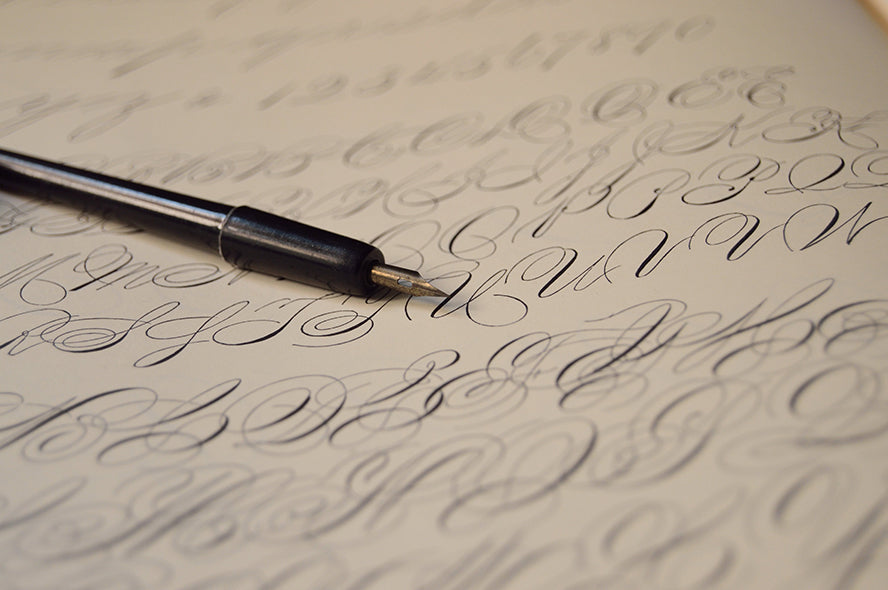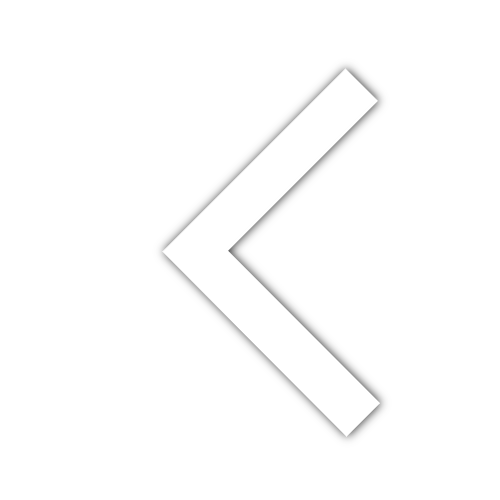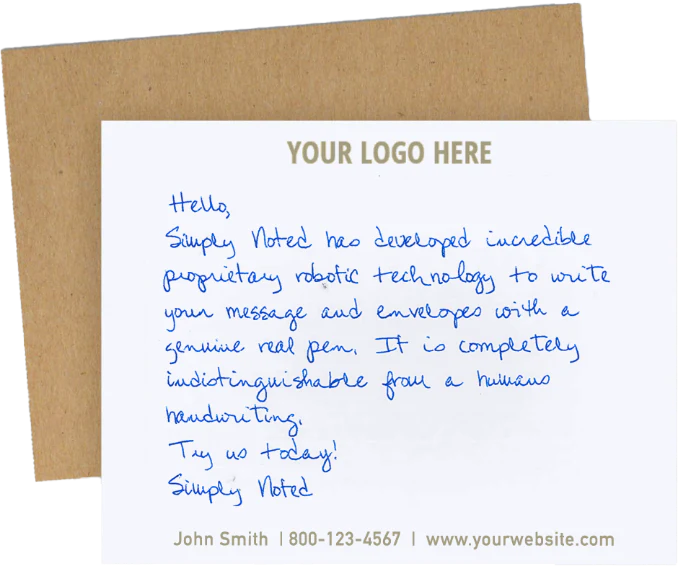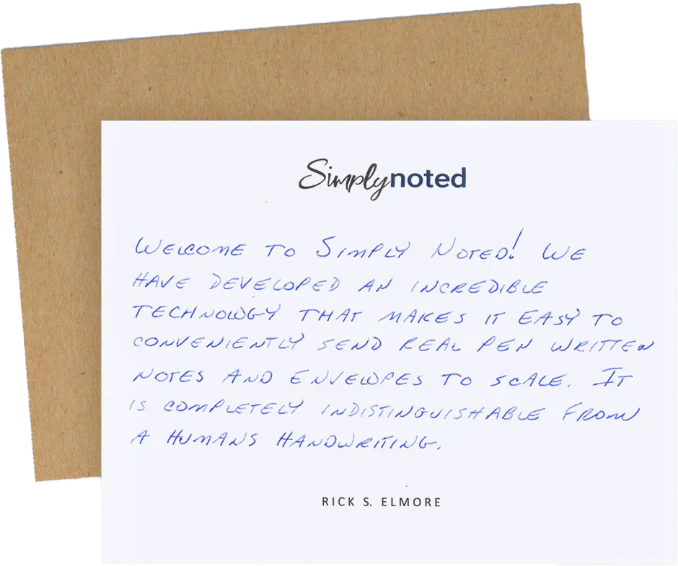Unveiling the Secrets of Handwriting Styles: What Your Writing Says About You

Unveiling the Secrets of Handwriting Styles: What Your Writing Says About You
Let’s uncover the mysteries of penmanship! From its historical beginnings to today’s technologically driven society, handwriting styles offer insight into an individual’s personality, feelings, and method of thinking.
In this blog post, we’ll examine diverse writing styles, review the psychology associated with them, and honor unique ways of expressing oneself through calligraphy while also giving helpful advice on how you can improve your writing style. So don’t be shy. Pick up that trusty pen and join us in exploring what our distinctive ways of writing communicate about each one of us!
Key Takeaways
- Handwriting styles provide an individual form of self-expression and communication.
- Handwriting analysis is a science that seeks to uncover insights into personality traits by studying handwriting.
- Benefits include improved memory retention, therapeutic effects, and personal connections in the digital age.
THE ART OF HANDWRITING STYLES
Handwriting, with its unique letter formation, spacing, and slant variations, has been used for communication for centuries. The Phoenician alphabet from the 11th century BC is considered a cornerstone of written language as it was initially derived from pictures such as hieroglyphics.
As cultures have progressed over time, so too has this art form and today, various writing styles like Honeymoon Handwriting reflect personality through personalization in handwriting style. Penmanship practice helps develop uniformity amongst letters, which still remains important even now when electronic communications are commonplace because handwritten notes carry more sentimentality than digital messages do.
This article will explore how different types of scripts including the cursive script, print, and modern script contribute towards self-expression while serving their purpose in functional writing.

Cursive Writing
The skill and fluidity of cursive handwriting are quite remarkable, especially when it comes to writing quickly and seamlessly. Often introduced during Key Stage 2 (at around seven years old) as part of teaching children about beautiful penmanship, connecting letters with pen strokes provides an enhanced experience while using the distinct style associated with this form of script.
Not just visually appealing but more efficient for those adept at producing higher quality handwriting, utilizing a specific cursive font can give work written within its system extra charm and readability – something often seen from coffee shop baristas exhibiting their artistry through Mickey illustrations formed out of individual pencil movements.
Print Writing
In contrast to cursive writing, print handwriting is a clear and legible penmanship that can be seen on documents like tests and ballot papers. The rules for this neat style consist of producing clean lines. Ensuring proper word spacing, letter size consistency, and capitalization. Controlling the liftoffs with each stroke taken by the pen and linking all strokes together.
This particular way of good handwriting encourages students to carefully construct every single letter or word at their own pace, which helps lay down an effective basis from which they learn Styles such as pre-cursive or simply enhance their nice handwriting and calligraphy skills even more after perfecting it. The printable script offers young learners an ideal introduction in order to develop first-class craftsmanship when using a pencil while progressing into prettier flourishes afterward.
Modern Script
The modern script is an amalgamation of both cursive letters and print writing, which forms a more individualized type of handwriting. Adults blend various methods they have honed through their life experiences, with notes written in distinct styles being some examples.
In contrast to traditional hand-writing techniques such as cursive or block lettering. The modern script consists of aesthetically pleasing designs often used for decorative purposes. This unique combination provides a new outlook on penmanship while demonstrating the versatility it holds in today’s world!

THE SCIENCE BEHIND HANDWRITING ANALYSIS
The formation of the letters in someone’s handwriting can be interpreted to yield insights into that person’s character traits, emotions, and personality. Every aspect, from how they dot their i’s or make capital letters, may show what kind of individual they are.
Exploring the environment. One could tap deeper psychological aspects when it comes to analyzing writing by hand, which brings out interesting results about a person emotionally and personally.
Letter Formation
The study of handwriting — graphology is a psychological analysis that uses letter formation to determine personality traits through careful observation and examination of variables such as letter size, slant, spacing between words or lines, size of uppercase letters relative to lowercase, and the amount of pressure used when writing certain letters. Valuable insights into someone’s character can be established. These signs illustrate if an individual has intelligence levels above average.
Other creative qualities, like imagination, would appear through curved and rounded script styles rather than sharp ones. This shape-based language offers valuable information about those who use their pen for more than just jotting down notes!
Consistency and Spacing
The size, shape, and spacing of letters in handwriting can provide insights into a person’s personality traits. Speaking, larger writing indicates someone confident and outgoing, while smaller notes indicate shyness or introversion. The space between words also offers clues. If the terms are close together, it may indicate an intrusive personality type, whereas wider gaps suggest openness and sociability.
Although one’s written work does not definitively tell us anything about one's psychological condition, analysis remains a multifaceted discipline incorporating aspects such as letter shapes, slant pressure, and word spacing when seeking insight into personal characteristics.
Put simply, what we write reflects some parts of our personalities - from self-confidence to general social demeanor, which serves as invaluable information for handwriting evaluators alike!
Slant and Pressure
How handwriting is written can offer an indication of both a person’s attitude and emotions. When it comes to style, a rightward slant implies someone open to new experiences, whereas a leftward one suggests introversion and caution. It could likewise show rebelliousness or logical thought processes.
As for pressure applied while writing, greater force indicates tension and anger, the middle level conveys enthusiasm, and light pressure evokes feelings of relaxation or tenderness when expressed through this communication medium, namely handwritten official documents.

THE BENEFITS OF HANDWRITING
The practice of handwriting can have numerous positive outcomes. One benefit is increased fine motor skills and improved hand-eye coordination, dexterity, and motor planning abilities. Its therapeutic effects allow for a much-needed balance between the analog and digital realms. There’s something about receiving or writing an old-fashioned handwritten letter that creates nostalgia in many. It has been known to bring back fond memories from when passion was still alive!
Research indicates that this form of penmanship should not be fully replaced with technology but rather retained so we may experience all these beneficial aspects personally, strengthening our memory capabilities while helping foster relationships overall at the same time.
HANDWRITING IN THE DIGITAL AGE
The impact of digital technology on communication is undeniable, yet the relevance and value of penmanship remain strong. Writing in one’s style communicates personality while providing an experience not possible with typing alone – conveying feelings that cannot be expressed through words.
Handwriting is alive and well in our current age thanks to various note-taking apps, such as MetaMoJi Note, Microsoft OneNote, MyScript Nebo, Notes Plus, Mazec GoodNotes 5 Notability Pen to Print, and NoteDex. These platforms enable users of all ages the opportunity for a handwritten/typed hybrid approach, thus securing its place amongst other methods used by modern communicators alike.
Leveraging Automated Handwritten Notes from Simply Noted
Simply Noted is an innovative platform that uses robots to generate written correspondence with personalized messages and authentic penmanship. Top companies, small businesses, and agencies appreciate this technology. Allowing them to communicate effectively while simultaneously preserving the charm of a handwritten note.
Utilizing cutting-edge software in combination with autonomous robotic writing technology, Simply Noted enables its users to craft customized notes crafted out of real ink, which lends authenticity to every communication sent via this service — proving time-saving advantages alongside personalization.

FONTS INSPIRED BY HANDWRITING STYLES
If you want a personalized element to your digital designs, fonts inspired by handwriting styles are the perfect choice. From calligraphic script typefaces to more relaxed handwritten ones, many handwritten font options will go well with whatever project you’re working on. By choosing one that has a similar style as yours and conveys your penmanship essence, you can make sure that each design feels authentic while bridging paper art from past times and modern technology for current days.
TIPS FOR IMPROVING YOUR HANDWRITING
Mastering neat handwriting takes effort and commitment. Here are some tips to help you on your way:
- Put in regular work practicing letter shapes properly.
- Maintain an even size, slant, and distance between characters when writing words or sentences for a consistent look overall.
- Try out different materials like notebooks & pencils until you find the best one suited for your needs.
- Work slowly so as not to lose control while being precise with each mark made on paper or other surfaces used simultaneously.
To improve letter formation, try various exercises such as tracing letters with fingers, creating forms using objects like clay or cookies, doing sensory activities that involve drawing/tracing over the skin, or having fun painting tasks using glitter glue.
With continuous practice of these techniques, it is possible to achieve beautiful penmanship, which has great benefits! The key elements involved include forming accurate letters, proper spacing, consistency within all writing styles, short-hand spelling, etc. To take full advantage of this craft requires patience and dedication; both should be applied regularly if success shall manifest.
CELEBRATING UNIQUE HANDWRITING EXAMPLES
The art of penmanship has been a significant influence on many societies throughout history, as it is seen in ancient documents such as the Dead Sea Scrolls and the Declaration of Independence. Several famous figures like Albert Einstein and Sigmund Freud had handwriting styles that made them stand out. Even among different cultures and countries, there can be observed varying forms – examples include Chinese calligraphy along with its variations within Japanese script fonts or Korean writing techniques.
To honor those unique individuals who have embraced the power of hand-written words over time, we can strive to refine our pens, which will help us capture a range of emotions through what remains one of the most remarkable methods used to communicate between people: written communication!

Summary
The craft of penmanship expresses our personalities, feelings, and cognition. This blog post has focused on the delightful range of handwriting styles, delved into what makes them unique from a scientific viewpoint, and celebrated all the beauty that can be found in each individual’s style. We discussed how valuable good writing skills are even today in this digital age; tips have been shared to help enhance these abilities!
As you refine your lettering techniques, remember that everyone’s handwriting characteristics should differ. Let yours reflect both originality as well as creativity, which showcases who you truly are.
Frequently Asked Questions
What are the three kinds of handwriting?
Handwriting styles for children in primary education are divided into three main forms: printing, pre-cursive, and cursive. These distinct handwriting techniques are taught to the young at different stages as they progress through schooling.
What is noncursive writing called?
Non-cursive writing is commonly referred to as “printing” or “block lettering” and is sometimes known as “print script.” It is usually taught first to children before they move on to learning cursive writing.
At what age is cursive handwriting typically introduced to children?
Once children reach the age of seven, during Key Stage 2, cursive handwriting is introduced to them. It’s an essential skill they need to learn for their handwriting capabilities and legibility to improve.
How does handwriting pressure contribute to differentiating between logical thinkers and emotional thinkers?
Using a person's handwriting and style, which includes pressure, slant, size, and spacing as indicators, can allow one to gain a perception of the personality of an individual. Relying solely on the pressure exerted when writing would not be enough for differentiating between thinkers who are more emotional or logical.
What are some digital platforms that support handwriting?
Using a pen, one can write with various digital platforms like MetaMoJi Note, Microsoft OneNote, MyScript Nebo, Notes Plus, Mazec, and GoodNotes 5. Or for note-taking apps such as Notability Pen to Print and NoteDex.























